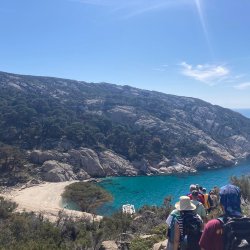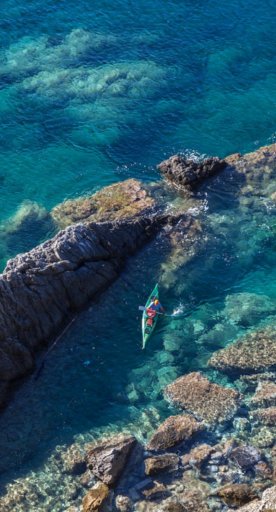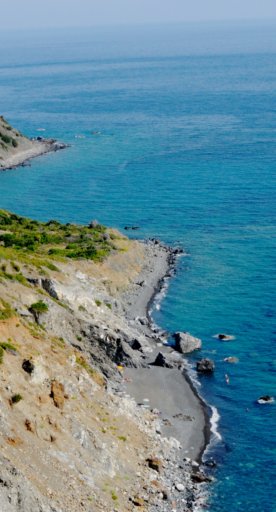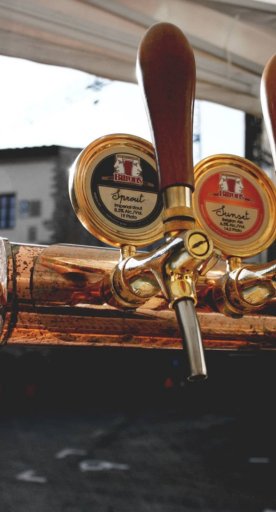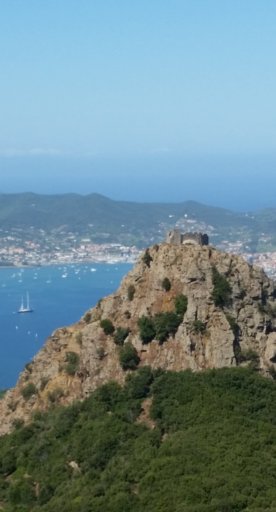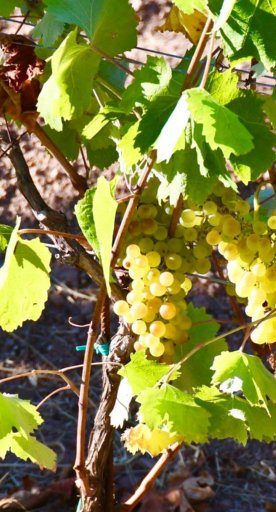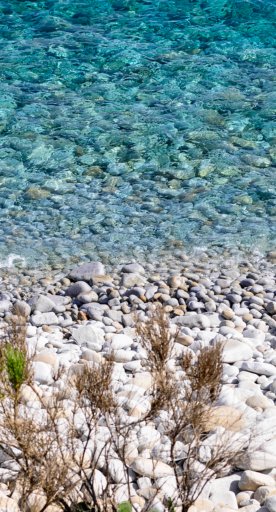Cycling along the Tuscan coast
Bicycle tours on the coast and in the countryside
Tuscany’s Maremma coast has it all: quiet and wild beaches, rocky ravines, elegant bathing resorts, parks, protected natural areas, hills, mountains, great artistic cities, small medieval towns, caves and archaeological sites. The ideal way to discover it all is by bike, allowing you the time and space to really get the most out of the area.

The town of Massa Carrara has the sea on one side and beautiful, rolling countryside on the other. From the rugged peaks of the Apuan Alps, you’re treated with a stunning panoramic view of the entire coastline, from the Versilia to the gulf of La Spezia. The enormous white cliffs with the area’s marble caves are the results of hundreds of years of water erosion. The Lunigiana, on the border of Tuscany, has many medieval castles worth visiting, like the Malaspina Castle in Fosdinovo, which sits at an altitude of 550m, offering stunning view all the way to the coast. Not far from here is the Appennino Tosco-Emiliano National Park, home to many nature trails. The landscape within the park alternates between rocky slopes and grassy plains, like the Prati di Logarghena.
The Versilia is famous not only for its beautiful beaches, bathing resorts and fashionable nightclubs, but also for its many cycling paths, like the ones that connect the most important tourist spots, giving everyone, including families with small children, an alternative to a day at the beach. If you follow the bike trail from Viareggio, along the avenues through the Migliarino Park, you will eventually get to Torre del Lago. The town is home to the house built by Giacomo Puccini and where he composed some of his most famous operas, including Manon Lescaut, La Boheme, Madame Butterfly and La Fanciulla del West. Today, the building houses a museum dedicated to the composer.

There are also many bike trails around the Pisa area, from the coast to the top of Monte Serra, through nature reserves, ancient Etruscan settlements and medieval fortresses. Amidst the silence of the Pisan hills, in the Val di Cecina, there are many interesting churches, ruined strongholds and fascinating medieval towns to visit, like Montescudaio, Guardistalloand Casale Marittimo. Further inland, the town of Volterra sits perched high atop a hill, one of the most important Etruscan settlements starting in the 4th century BCE. La Sassa, a small medieval town on the slopes of Poggio al Pruno, is also worth visiting. The famous Viale dei Cipressi, immortalized by Carducci in Davanti San Guido, rises up fro the base of this hill and ends in Bolgheri, where the poet lived from 1838 to 1848.
More than 20% of the Etruscan Coast area is covered by parkland and natural oases. Along the 90km of coastline, there are also several bathing resorts tucked behind the pine woods that skirt the beaches, and the road that leads inland is bordered by olive groves and vineyards. This is where the famous Bolgheri DOC wine is produced, as well as some of the ‘Super Tuscan’ wines, like Sassicaia and Ornellaia.
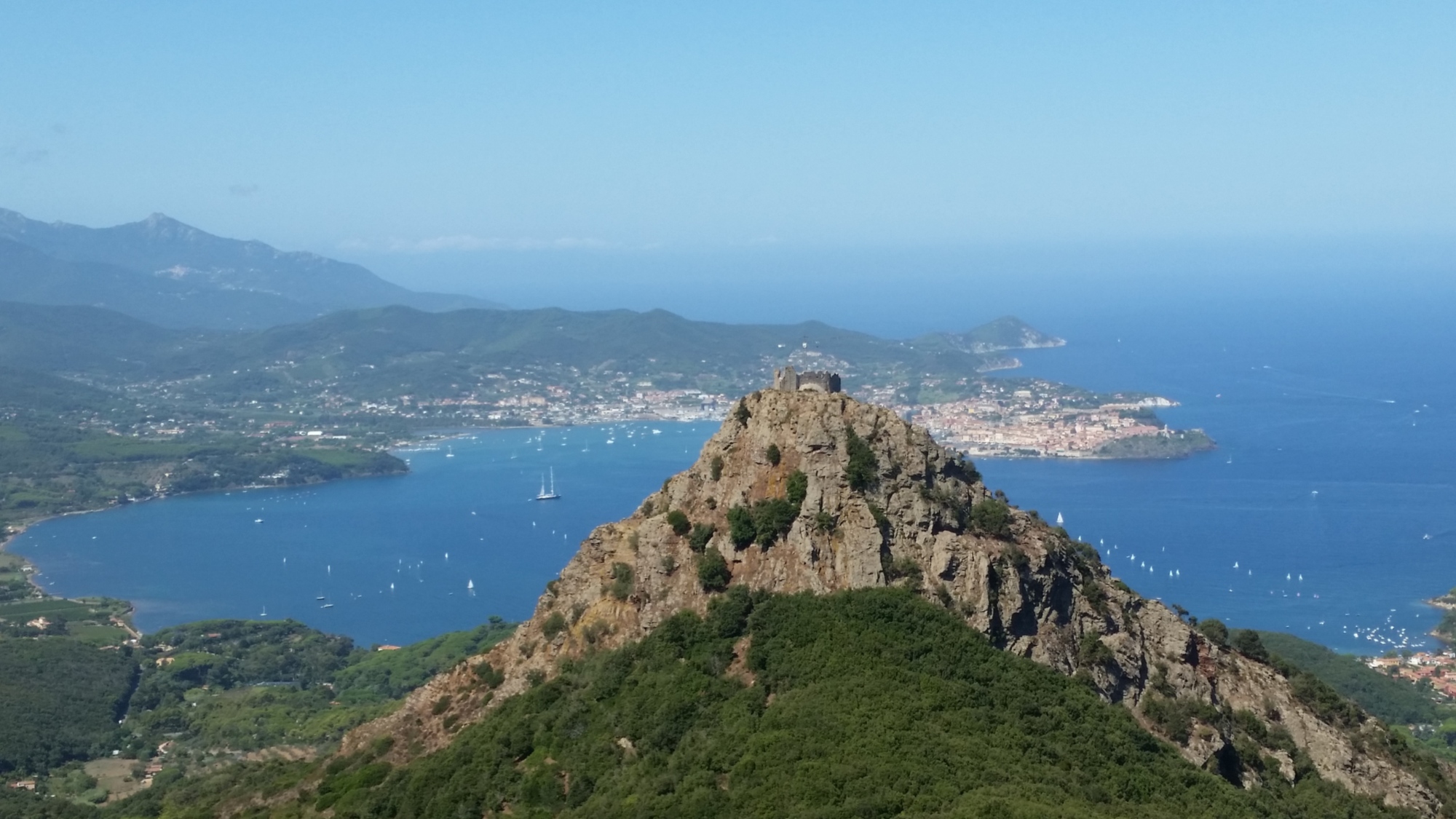
Elba is the largest of the seven islands in the Tuscan Archipelago and is the third largest of the Italian islands after Sicily and Sardinia. Bike trails and footpaths crisscross Elba and are the perfect way to get to know the island, which boasts a varied landscape that includes beaches, hills and mountains in just a few square kilometres. If you want to visit the other islands in the archipelago, take note: access to the Montecristo and Pianosa is limited, the former of which is the most protected of all the islands in the Mediterranean, having been declared a biogenetic nature reserve by the EU. You might have better luck with Capraia, which is open to tourists but still has many wild, uncontaminated areas and a magnificent seabed with rich marine life, making it a haven for diving enthusiasts
The Maremma is also home to the Natural Park of the Maremma, not to mention the many archaeological sites, such as the ones in Pitigliano, Sovana and Sorano, each of which bear witness to the ancient civilizations that once occupied this part of Tuscany. This is where you can find monumental necropolises, medieval fortresses and underground tunnels. Not far from here, you can also visit the Saturnia hot springs and their sulphurous springs, an oasis of calm, where visitors can relax and unwind.

